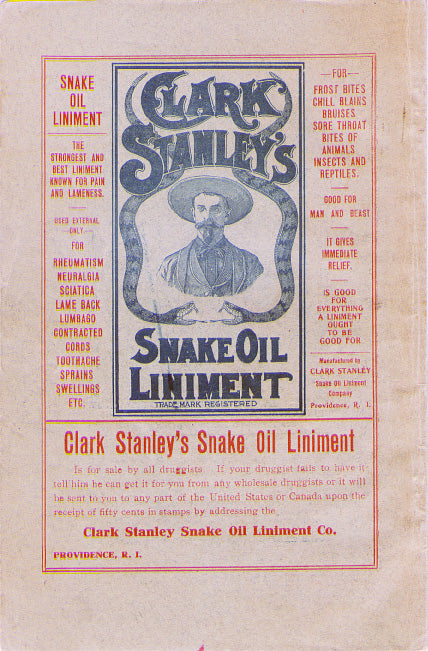Their resistance was immeasurably high. My meter has resolution up to 200Mohms maximum. The same terminals across my left and right hands I measured myself at approximately 1Mohms. That means their passive resistance is probably comparable to a brick or a piece of wood.
Their inductance was immeasurably low. My meter has resolution down to 1uH.
Their capacitance was measurable, but only slightly above that of the terminals in free air which measured 9pF. One of the XOTs measured 46pnF and the other measured 36pF. I was unsure if this only happened across the terminals so I tested various combinations of the terminals, across the insulators, and the body of them, but they only elicited the capacitance across their terminals. To put these values into perspective, it's about the same amount of capacitance good quality speaker cable has per metre.
I was unable to measure any DC or AC voltage out of them passively. I applied a 12V DC battery across the terminals for 5 minutes to see if they would store charge in both directions and then measured them and they were still passive.
I applied my cheap oscilloscope over them and was unable to demonstrate they elicited any kind of waveform at rest.
At this point I was wondering if the "carbon" in the name meant they were simply a lump of carbon inside, so I looked up the density of carbon which comes to about 2.26g/ml and if the 38ml was full of carbon they should weigh 85g plus the canister weight. I also looked up what the capacitance of carbon is and it's approximately 2.5-3, but of course the amount of capacitance will depend entirely on how it's laid out, though it can be used as a dielectric in a capacitor. At the very least, they are not a solid lump of carbon inside.
I then proceeded to test the "transducer" aspect of them by connecting them to an amplifier and running sweeps of 10Hz to 24kHz (I didn't have the facility to try higher). At an equivalent power output from my class D amplifier that should have produced 200W into 4 ohms, and my microphone touching against the XOT canister, I was unable to record any elicited audio of any sort above the background noise. Examining the output from an oscilloscope with various sine waves at different frequencies when connected across the terminals, I was unable to demonstrate any alteration of waveform height or shape, nor the addition of any other frequencies.
I then placed it across my speaker terminals and chose the tweeter terminals because these are meant to be a high frequency transducer and proceeded to do measurements of my system with and without them in place. My frequency response sweep, phase, and impulse waveforms all looked within margin of error for that between multiple measurements meaning they were effectively identical. I moved them to the amplifier end instead in case it made a difference compared to the tweeter terminals and repeated the measurements and obtained the same response.
I then proceeded to listen to my system with a handful of my select reference tracks with and without them in place, back on the tweeter terminals. I was unable to hear any audible difference between having them in place or not. I saw no point in proceeding to do a blind test as I couldn't tell them apart even unblinded. As many of you know, I suffer from Meniere's disease which has ruined the hearing in one of my ears, so the acuity of my hearing is not what it used to be. For my litmus test, I get my son who's 18 and played violin in a youth orchestra always to do final critical listening with me and brought him in to see what he could hear. I did not tell him what I was changing but he knew I was doing something behind the speaker terminals. I switched them 5 times in and out and he was unable to discern an audible difference.
Conclusion: Nicely made shiny object with something giving it a tiny and inconsistent capacitance between the terminals too small to have any measurable or audible impact on audio, probably a lump of coal (hence carbon in the name.) I cannot say it was completely inert given its capacitance, but I believe this is as effective as all other synergistic research products in being effective only through the power of suggestion.








